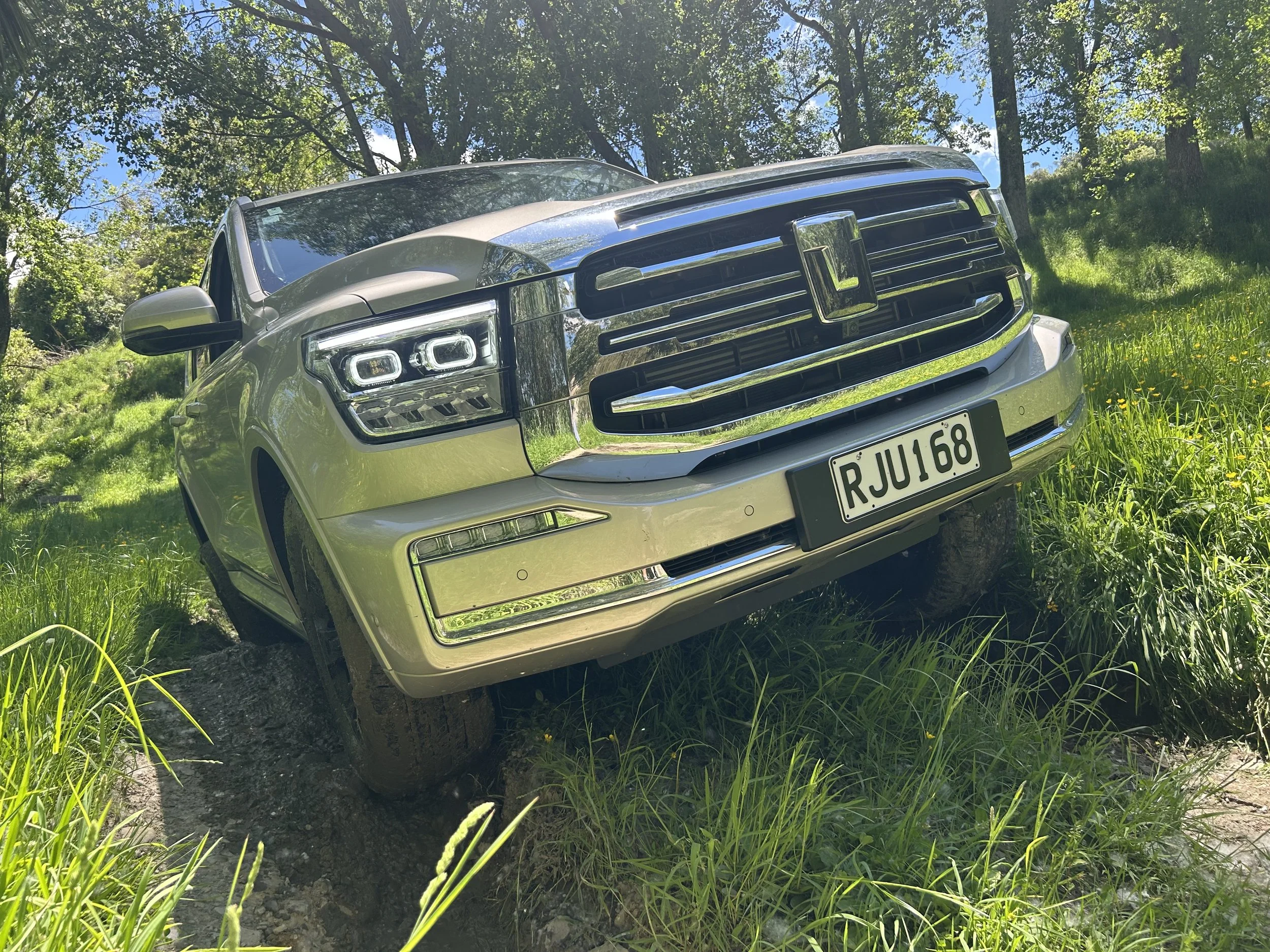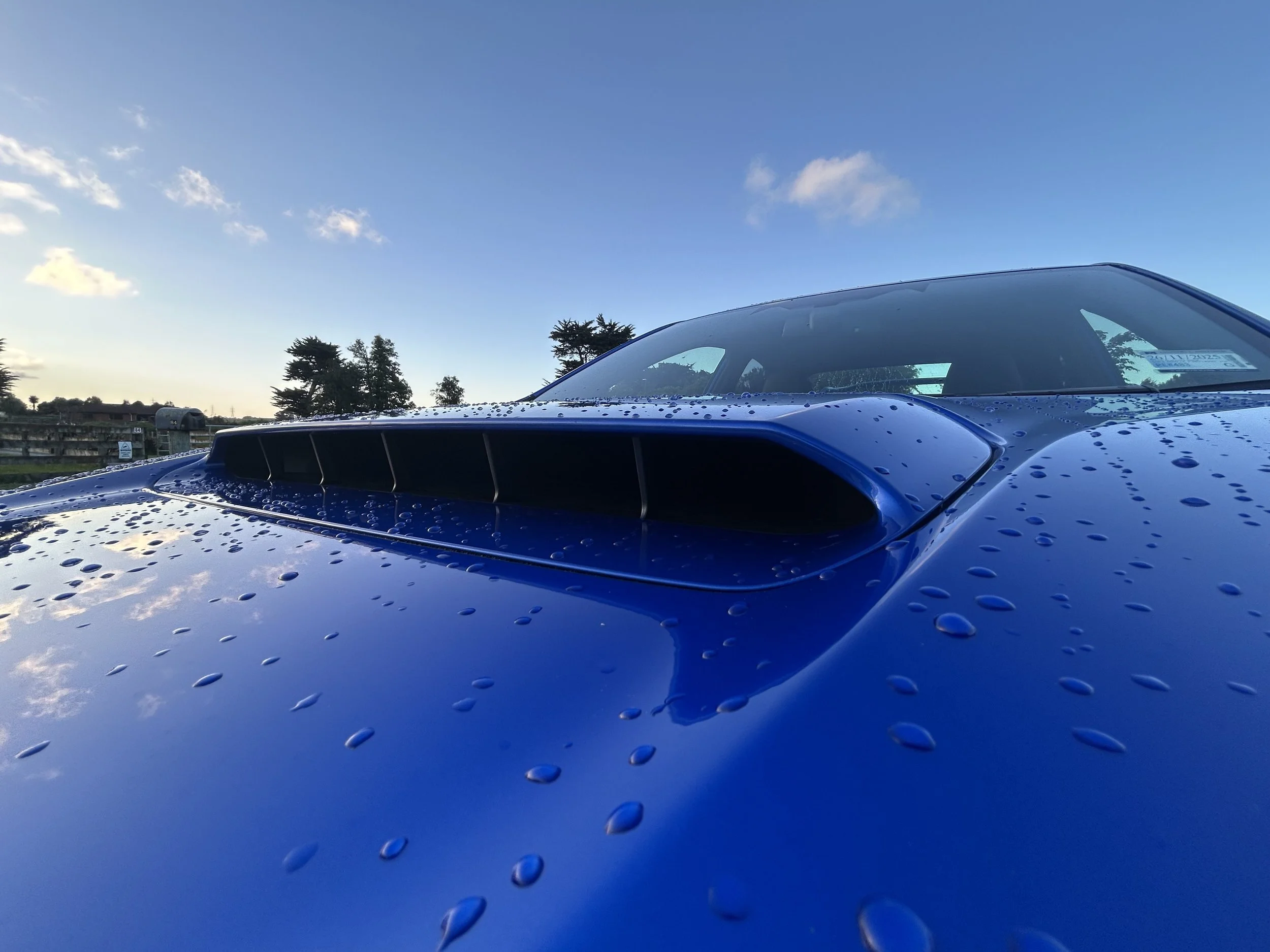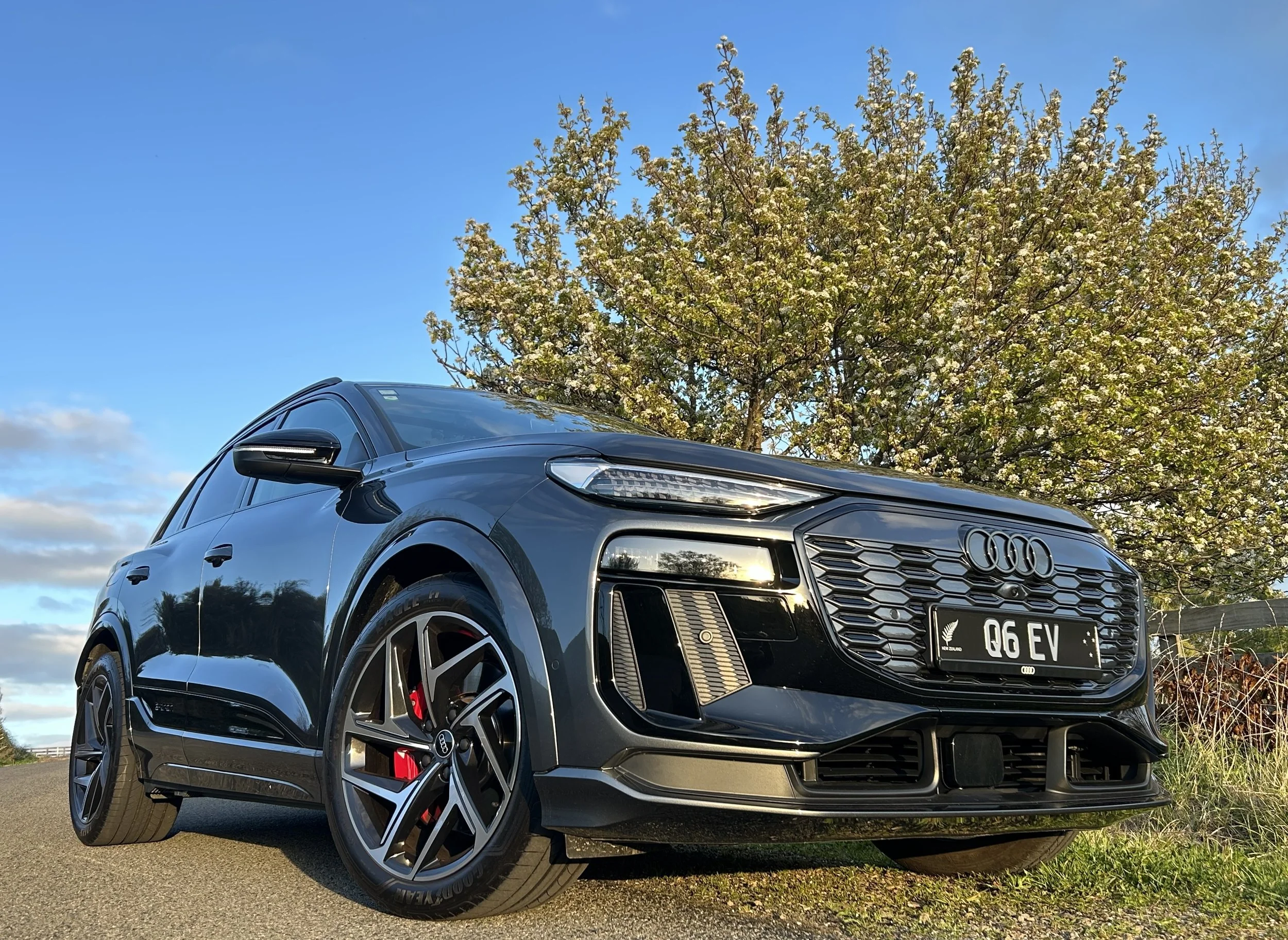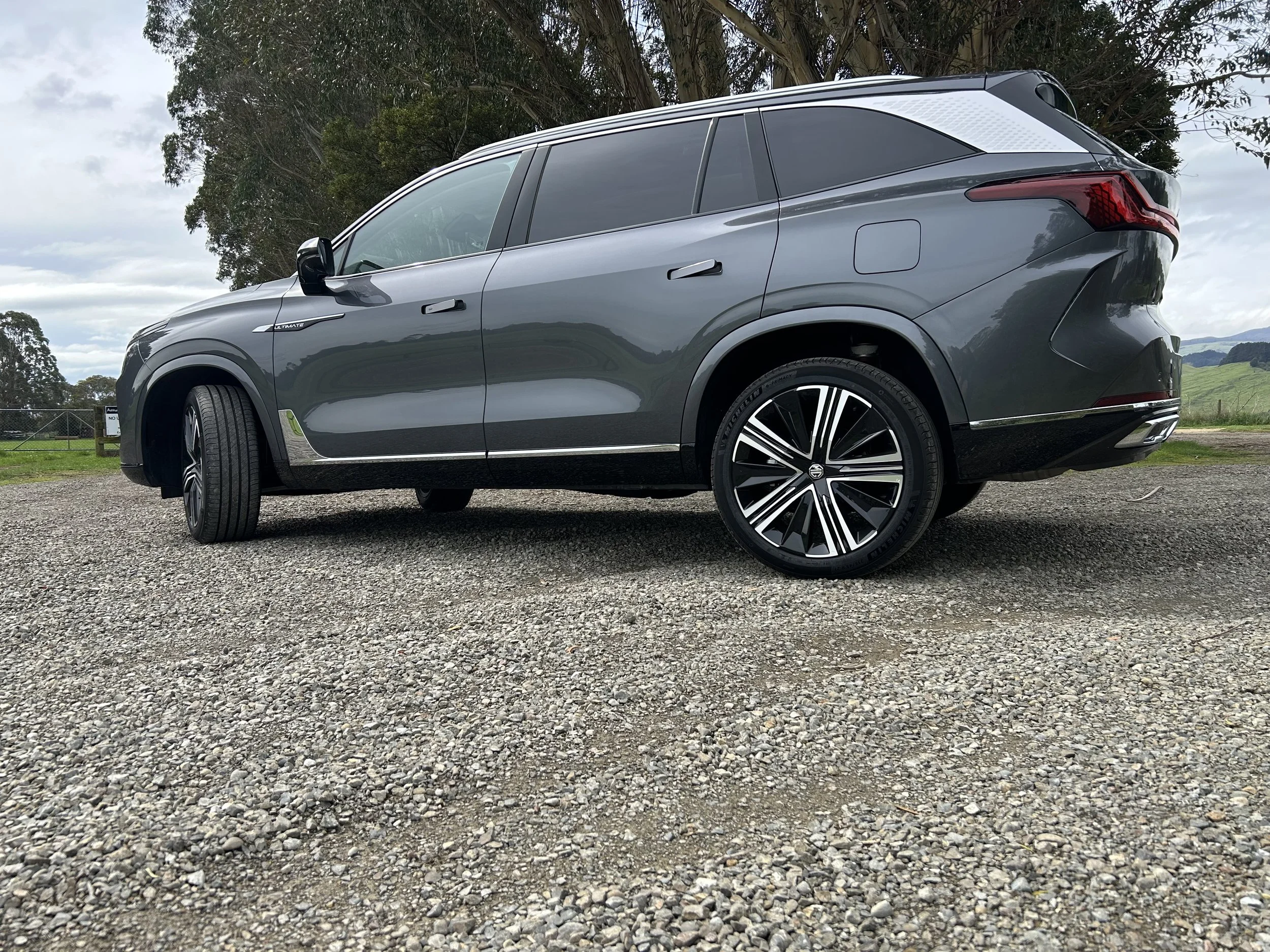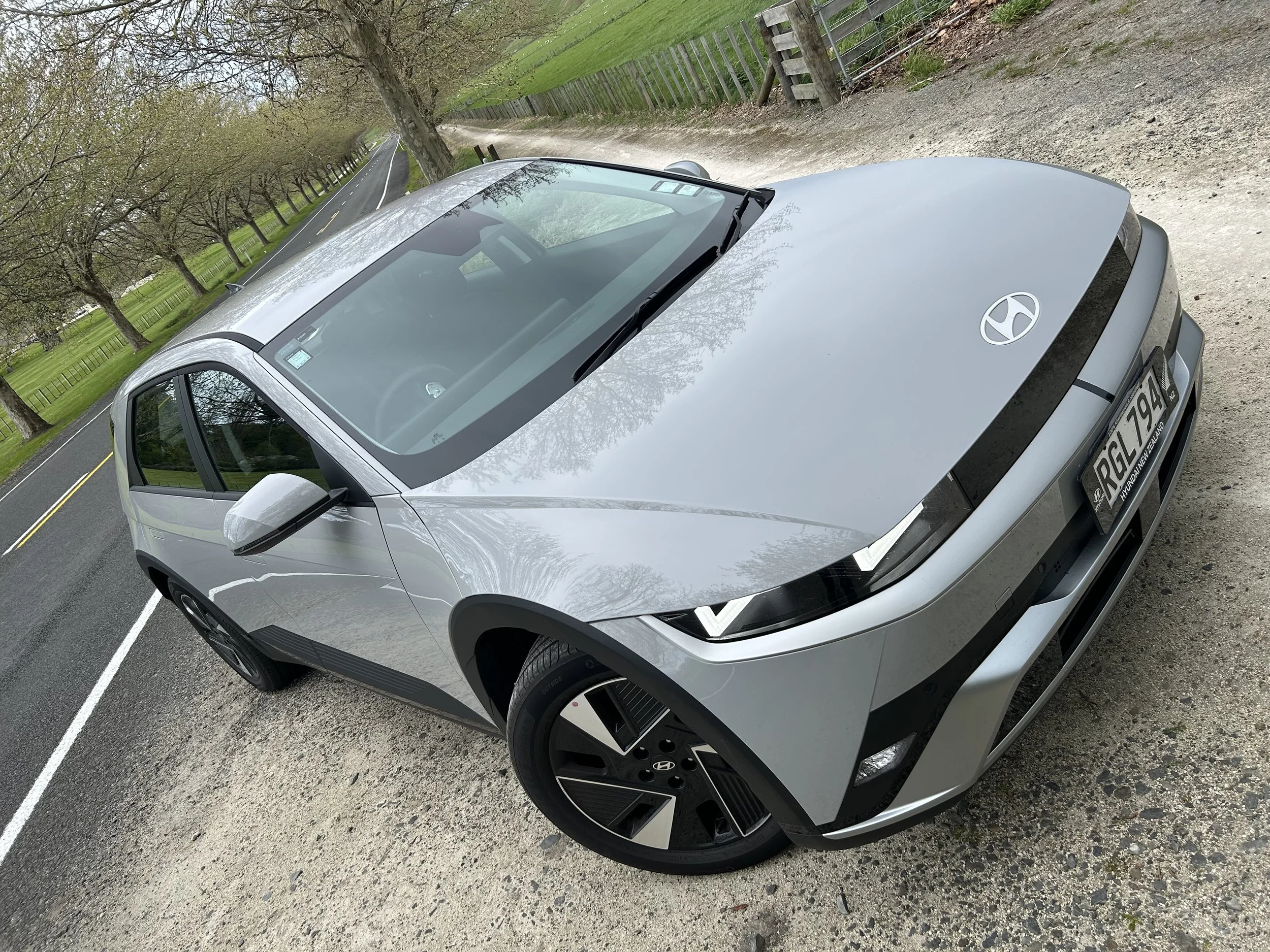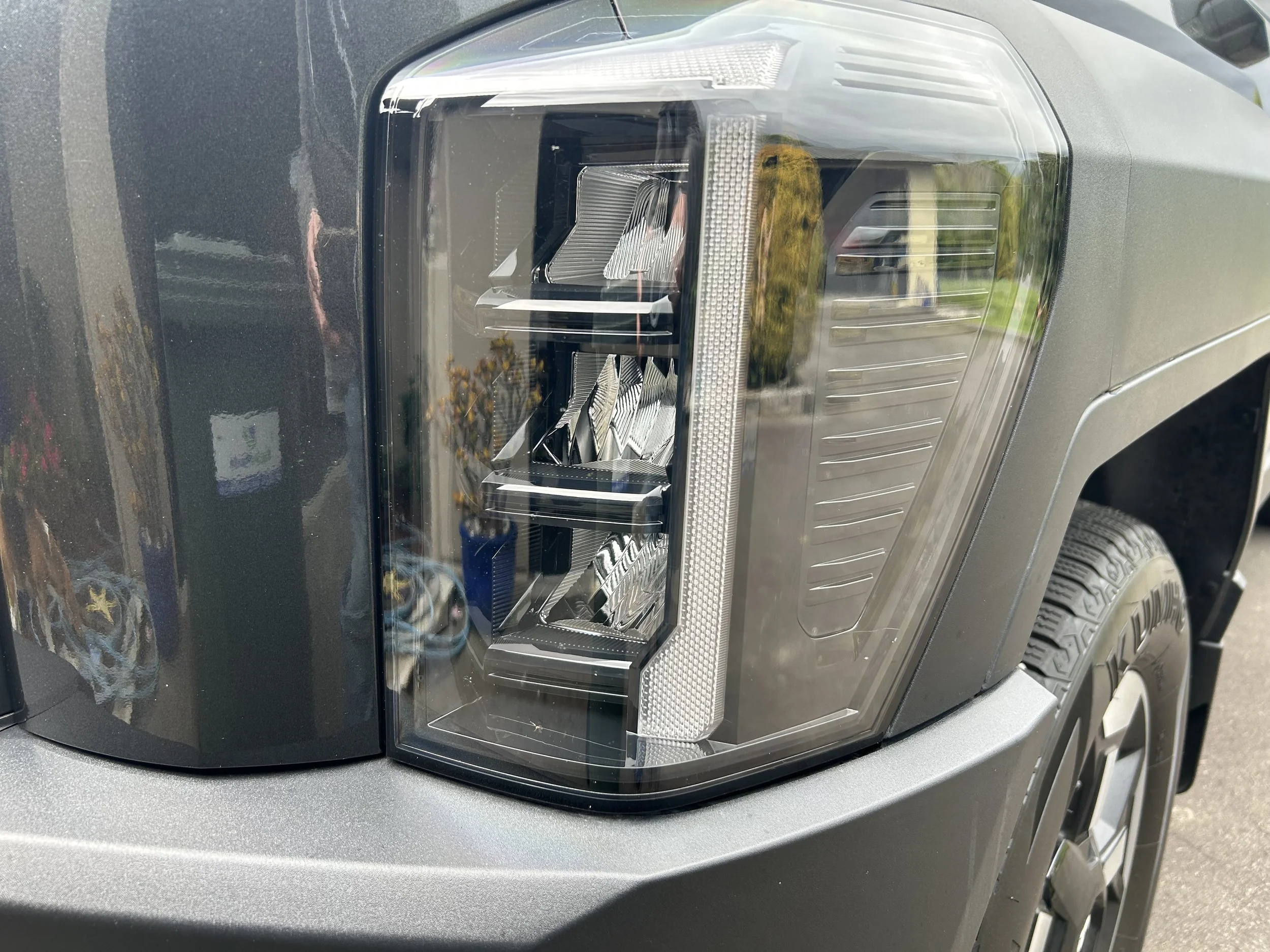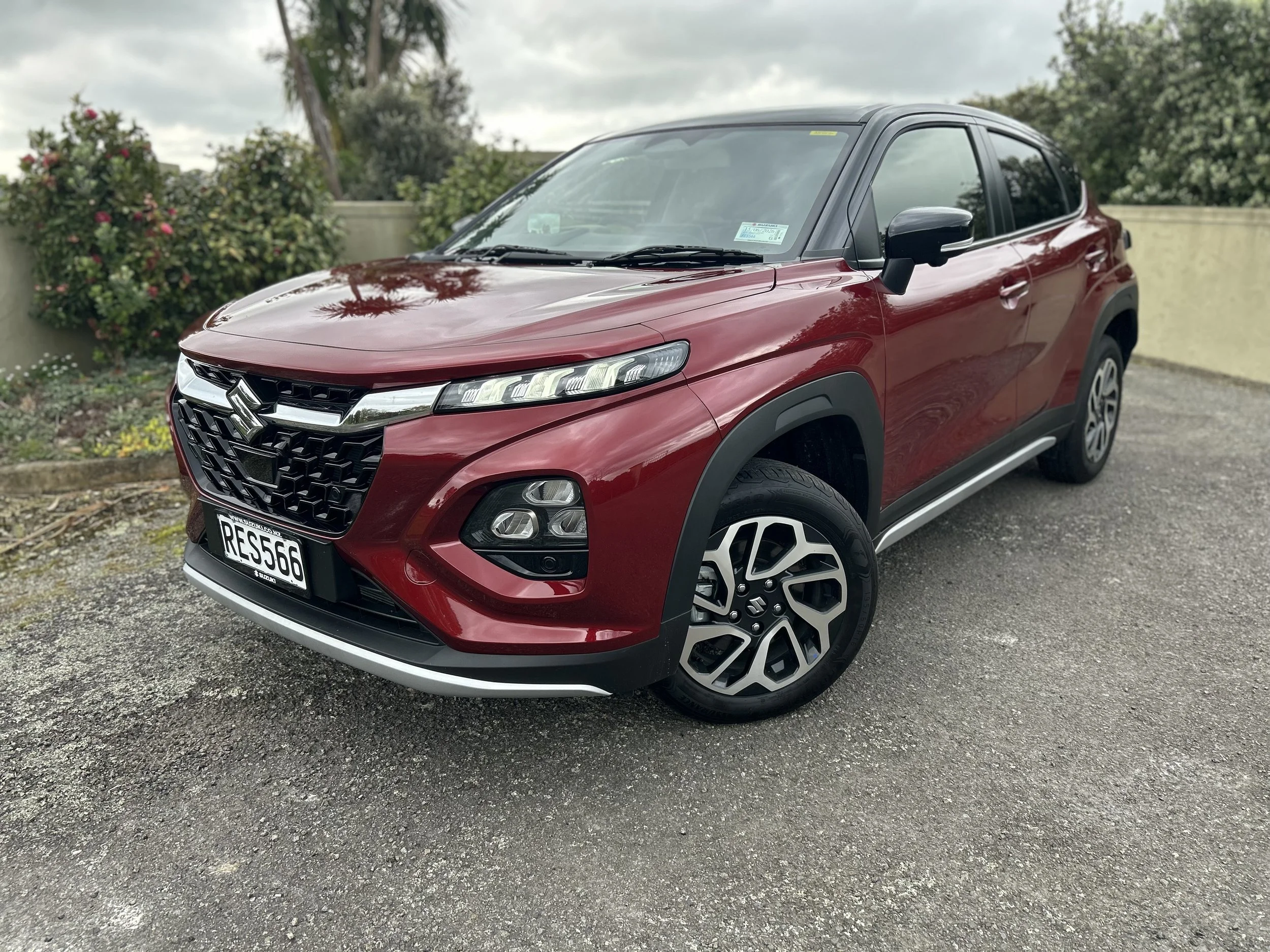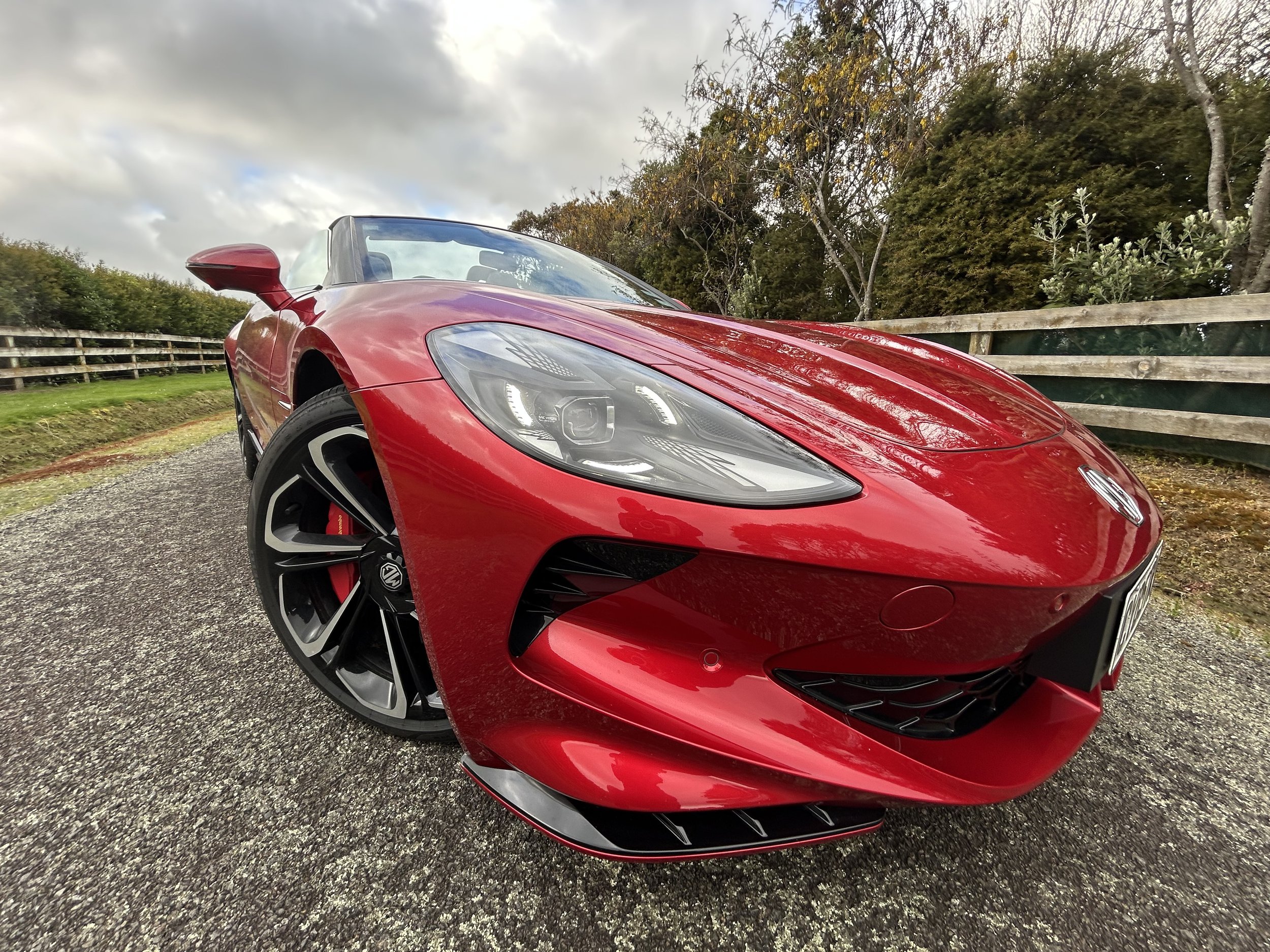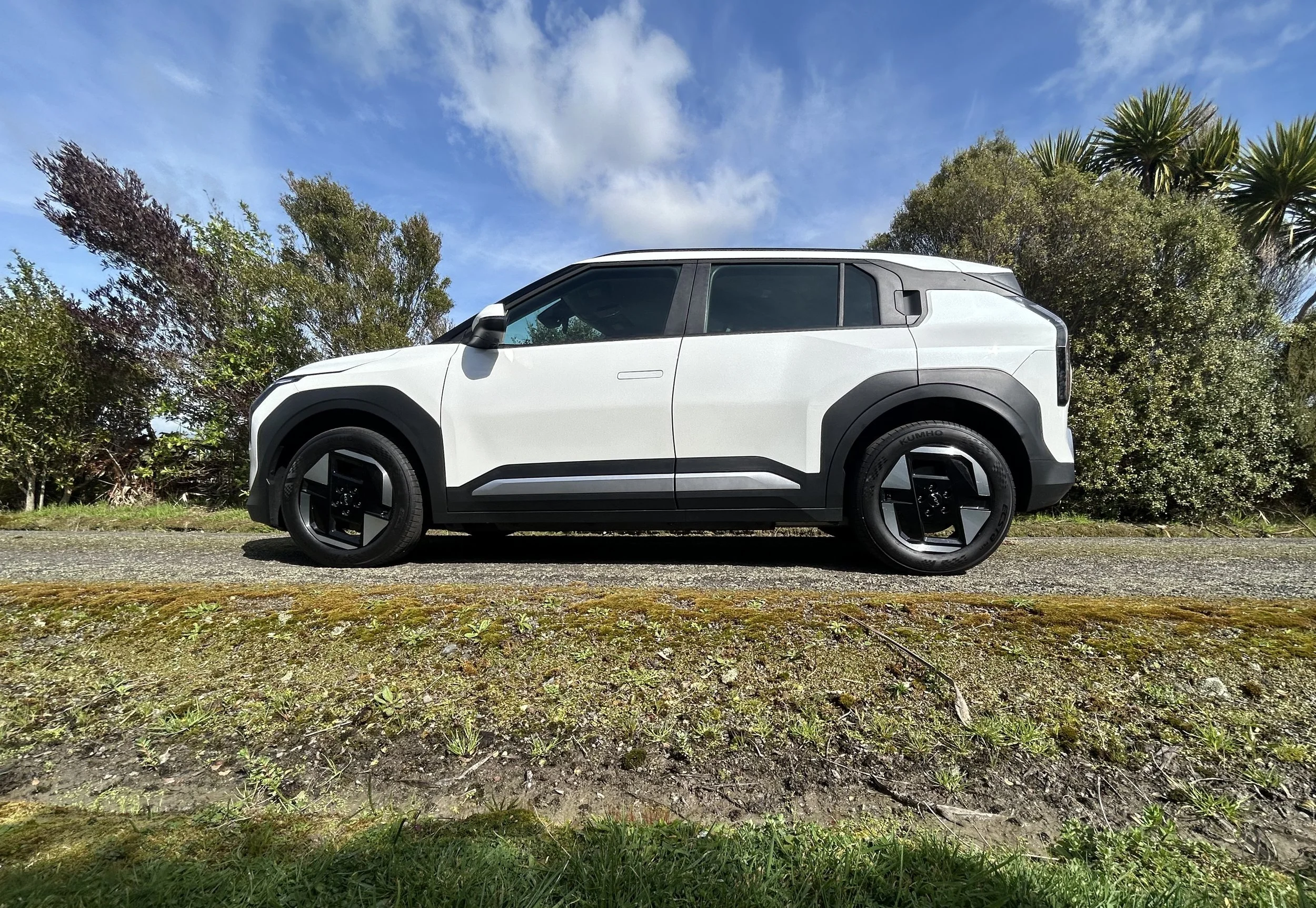Land of the Three
/Guess who’s just turned 50? BMW has a special edition to celebrate a 3-Series milestone.
FFITY years, seven generations, too many derivatives to bother about … and, for New Zealand, 10 examples of a special edition celebrating the BMW 3-Series hitting a half century.
The car Munich claims is the definitive compact executive sedan and a standard setter for premium driving dynamics, design and innovation has, since its global launch in 1975, sold more than 20 million units.
Cited as the highest selling BMW in New Zealand since records began, with more than 7661 new registrations - and that’s just brand-new officially imported cars, as BMW doesn’t count used and grey imports - it holds its No.1 spot even with the surge in popularity of BMW Sports Activity Vehicles, notably the X5 and X3.
To mark the 50-year milestone, BMW has regionally concocted the 3 Series 50 Jahre (50 year) Edition.
It’s a M340i xDrive all wheel drive, so takes the standard 285kW inline-six engine, treated to anthracite metallic paint - a shade that was used on the original E21 - carbon-fibre trim, black 19-inch wheels and red M Sport brakes. Also it gets a celebratory badges, one on the centre console, some external.
NZ market provision is limited to just 10 units and priced at $143,900 so $4500 above the standard issue M430i xDrive. Deliveries begin in the final quarter of this year.
So how good is your 3-Series knowledge? Here’s a quick rundown of all seven generations.
E21 (1975-1983)
the first Three debuted at the 1975 Frankfurt Motor Show. With a design by Paul Bracq, the car established key BMW styling cues like the double-kidney grille, twin headlamps and Hofmeister kink. The E21’s driver-oriented dashboard set a precedent for all future BMWs.
Performance came from 1.6–2.3-litre engines, and in 1977 it became the first in its class to offer a six-cylinder. Lightweight materials and advanced fuel injection systems followed. Motorsport success soon arrived.
Trivia: The first 3 Series variants comprised a two-door sedan and an open top. The work to convert the 3 Series into the ‘Baur Topcabriolet’ (or, simply, ‘Baur’) in 1977 was the responsibility of Stuttgart-based Baur, with more than 4500 3 Series convertibles produced. It featured a fixed roof frame and rollover bar.
E30 (1982-1994)
Gen two expanded the family, adding a four-door sedan and convertible. Most notably, it birthed the iconic M3.
With up to 175kW and a race-ready chassis, the M3 won globally and took out the 1987 Australian Touring Car Championship with Jim Richards.
Trivia: The first BMW 3 Series Touring variant, debuting in 1987, has a colourful background. BMW employee and bodywork engineer Max Reisböck, having discovered that the boot space was insufficient for a holiday driving trip with his family and their luggage, cut the C-column of sedan and shifted it to the rear. And thus, the first 3 Series wagon was born.
E36 (1990-2000)
The third iteration delivered coupe-inspired styling, improved comfort and more body styles than ever: Sedan, Coupe, Convertible, Touring and Compact. The latter represented a new, entry-level offering with a three-door, hatchback configuration. BMW’s Corolla hatch was a born. It didn’t take on.
Trivia: The E36 3 Series was prominent and successful in New Zealand motorsport – just as it was across the Tasman – and achieved multiple New Zealand Touring Car Championship (NZTCC) titles.
E46 (1997-2006)
A modern classic. Sharper design, more comfort and tech such as Valvetronic engines and ABS. The E46 M3 CSL remains one of BMW’s most celebrated driver’s cars.
Trivia: The M54 six-cylinder engine family for the E46 3 Series was the first to use all-aluminium construction for the cylinder head and block – a significant step forward from the cast iron construction of previous generation units. These powerplants were renowned, featuring on Ward’s 10 Best Engines list from 2001 to 2003.
E90-E93 (2005-2013)
More brought new tech, such as the iDrive system and turbocharged engines. Introduced the first M3 with a V8. Design elements came from the Coupe and Sedan to form a distinctive M3 Sedan.
Trivia: The BMW M division, as it had for the E30 generation car, produced a fully-functioning pick-up – or ‘ute’ – version of the M3. Neither went into production but were rather used for transporting goods between workshops and generally showcasing what could be done.
F30 (2011-2018)
Hybrid variants, including the 330e. All engines became turbocharged. Personalisation increased through trim lines and options, while the 3 Series Coupe, Convertible and Gran Coupe split off into the new 4 Series family.
Trivia: For the first time M3 was given a different model code to the main series line models and dubbed the F80. The M4 Coupé was F82. Both had a 3.0-litre turbocharged straight six producing 317kW.
G20 (2018 to present)
The current generation features a sleek, modern design and broad powertrain range—petrol, diesel, PHEV, and M Performance. It integrates BMW Operating System 8.5, Curved Display, and Intelligent Personal Assistant.









